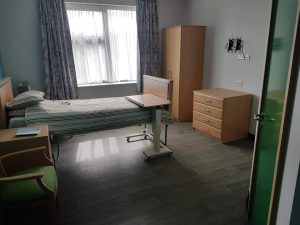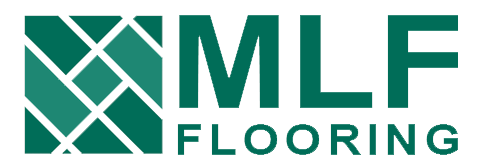Maintaining a clean and healthy environment should always be a top priority. With COVID-19 still affecting our daily lives, it should now be priority number one. For designers, architects and facility managers, this brings an increased level of responsibility. Today, more than ever, these professionals must be highly knowledgeable of a product’s role in creating healthy spaces.
When it comes to carpet’s role in preventing the spread of COVID-19, it’s important to know the facts and a few definitions.
A Wall Street Journal article, “How Exactly Do You Catch Covid-19? There is a Growing Consensus,” sheds light on research about the virus’s transmission. Citing numerous experts, the article states “It’s not common to contract COVID-19 from a contaminated surface, scientists say.”

The CDC also supports this claim. On its website it states that the “transmission of novel coronavirus to persons from surfaces contaminated with the virus has not been documented.” In fact, the “transmission of coronavirus occurs much more commonly through respiratory droplets than through objects and surfaces, like doorknobs, countertops, keyboards, toys, etc.”
Nevertheless, it’s wise to take every precaution to remain safe from viral transmission. The CDC cautions: “Current evidence suggests that SARS-CoV-2 may remain viable for hours to days on surfaces made from a variety of materials. Cleaning of visibly dirty surfaces followed by disinfection is a best-practice measure for prevention of COVID-19…”
Of course, sanitizing and disinfecting are not the same. Soft surfaces can be sanitized, not disinfected like many hard surface flooring. Understand that cleaning and sanitizing are different processes. Cleaning involves removing dirt while sanitizing is intended to remove microbes and pathogens. Each requires specific protocols, equipment and products.
Here are some basics terms to know:
- Cleaning can remove, but not necessarily kill, viruses.
- Sanitizing reduces the occurrence of bacteria, viruses, and fungi.
- Disinfecting frees a surface from infection, especially by destroying harmful microorganisms.
While sanitizing and disinfecting, maintenance workers should wear Personal Protective Equipment (PPE) which includes devices worn to protect against hazards in the environment. PPE prevents contact with a hazardous agent or equipment by creating a barrier between the potentially hazardous material and a person, offering substantial protection from risks of injury or illness. Examples are gloves, masks, coveralls and goggles.
Source: https://www.floortrendsmag.com/
